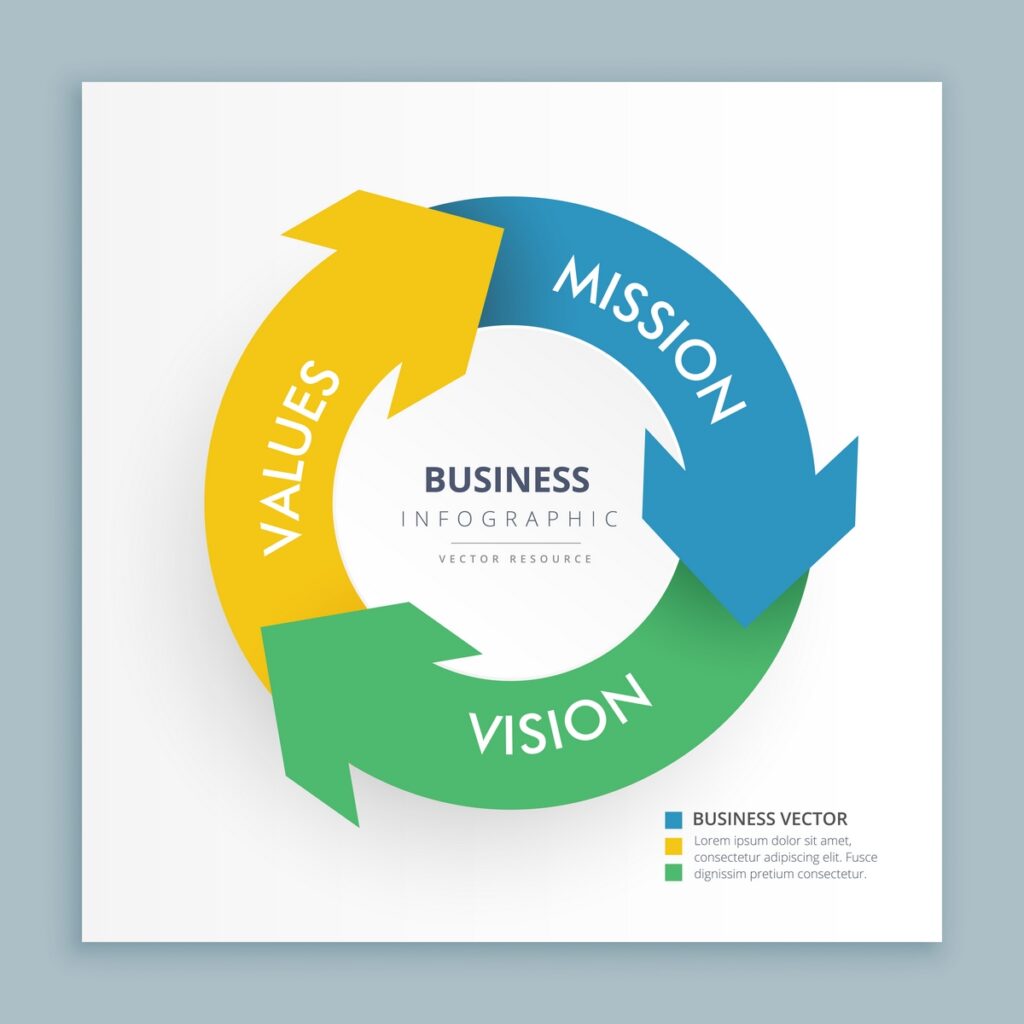The PDCA Cycle—short for Plan-Do-Check-Act—is not just a legacy concept from quality pioneers like Dr. Deming. It’s the engine that drives continual improvement in modern management systems, particularly in ISO based systems such as ISO 9001. While many organizations reference the cycle in passing, few fully harness its power across all operations.
The PDCA Cycle ISO 9001 approach reinforces a systems thinking mindset, pushing organizations beyond one-time fixes toward sustainable, data-driven improvements. In this article, we’ll unpack the PDCA cycle, how it’s embedded in ISO 9001, and how your organization can apply it day-to-day to build a resilient and responsive quality management system (QMS).

Applying the PDCA Cycle in Your ISO Management System:
PDCA is not just a theoretical model—it’s a practical, iterative method that ISO 9001:2015 is built around. Every clause, from risk-based thinking to leadership to improvement, echoes this cycle.
When implemented correctly, PDCA creates a culture of learning and adaptability. It helps you plan with intent, execute with control, assess results objectively, and act decisively. It supports consistency, supports the management of risks, and enhances stakeholder satisfaction—all core aims of ISO 9001 and other process based standards such as ISO 14001, ISO 45001 and the ISM code.
What is the PDCA Cycle?
The PDCA Cycle is a four-step method for managing processes and driving continual improvement:
- PLAN – Define goals, identify risks and opportunities, and establish processes.
- DO – Implement the plan by carrying out the processes.
- CHECK – Monitor and measure performance against policies and objectives.
- ACT – Take action to improve based on performance results and lessons learned.
Originally developed by Walter Shewhart and later championed by W. Edwards Deming, PDCA is a cornerstone of quality management. It reflects closed-loop thinking: no action is final until it’s measured and reviewed for effectiveness.
Each phase informs the next, creating a dynamic, feedback-driven loop rather than a static set of procedures.
PDCA in the ISO 9001 Standard:
ISO 9001:2015 explicitly incorporates the PDCA cycle as a model for managing processes and the QMS. You’ll find references throughout the standard, including the Introduction section, which frames the entire system in PDCA logic.
- PLAN is reflected in clauses on organizational context (4.1), risk and opportunity (6.1), and planning quality objectives (6.2).
- DO aligns with operational controls, resources, and process implementation (Clauses 7 and 8).
- CHECK is captured in performance evaluation (Clause 9), including monitoring, internal audits, and management review.
- ACT comes into play in Clause 10, focusing on nonconformity, corrective action, and continual improvement.
Rather than following PDCA as a separate process, ISO 9001 integrates it organically into how a conforming organization should operate.
Phase-by-Phase Breakdown:
Let’s break down each phase of the PDCA Cycle ISO 9001 and see how it maps to your management system:
PLAN – Risk, Opportunity & Objectives
The “Plan” phase is the foundation. Here, organizations must:
- Understand their context and interested parties (Clauses 4.1 and 4.2)
- Identify risks and opportunities (Clause 6.1)
- Set quality objectives and plan how to achieve them (Clause 6.2)
- Determine required resources and processes
Planning should be strategic, data-informed, and aligned with the organization’s goals. It also includes defining performance indicators, which later guide the “Check” phase.
Tip: Use a structured tool like SWOT or risk matrices to strengthen this step.
DO – Execution and Process Control
The “Do” phase focuses on implementing the plan. This includes:
- Providing necessary resources (Clause 7.1)
- Ensuring competency and awareness (Clause 7.2 and 7.3)
- Controlling documented information (Clause 7.5)
- Managing product/service operations (Clause 8)
At this stage, consistency is key. Processes should be implemented as planned, with roles, responsibilities, and controls clearly defined.
Tip: Use visual work instructions and standard operating procedures (SOPs) to reduce variation.
CHECK – Monitoring & Internal Audits
In the “Check” phase, the organization evaluates performance:
- Monitor and measure processes, products, and customer satisfaction (Clause 9.1)
- Conduct internal audits to ensure conformity (Clause 9.2)
- Hold management reviews to evaluate effectiveness and adequacy (Clause 9.3)
This step is often underestimated or rushed, but it is where insights emerge. It’s not just about catching errors—it’s about learning from performance data.
Tip: Develop a dashboard of key performance indicators (KPIs) aligned with objectives. This can be done using a balance scorecard or even a simple excel spreadsheet.
ACT – Corrective Action & Review
The final phase involves taking action based on what was learned during “Check”:
- Address nonconformities and corrective actions (Clause 10.2)
- Implement improvements across the system (Clause 10.3)
This is where the loop closes—and begins again. The “Act” phase ensures you’re not just finding issues, but systematically resolving root cause(s) and preventing recurrence.
Tip: Tools like the 8D form or 5 Whys can enhance your corrective action process.
How to Integrate PDCA into Daily Operations:
To truly benefit from the PDCA Cycle ISO 9001 structure, it must be woven into daily workflows, not just discussed during audits or reviews.
Here are practical tips to bring PDCA to life in your organization:
- Embed it in Team Meetings
Structure project reviews and team meetings around PDCA: What did we plan? What did we do? What did we learn? What will we do better? - Use Visual Boards
Display PDCA cycles on project boards or management dashboards to reinforce the mindset. - Create Simple Templates
Provide staff with PDCA templates for problem-solving, project planning, or improvement initiatives. - Train Staff Across All Levels
Everyone—from frontline workers to senior leadership—should understand how PDCA applies to their role. - Leverage PDCA in Corrective Actions
Instead of jumping straight to fixes, guide teams to plan solutions, test them, check results, and adjust accordingly.
By embedding PDCA into your organization’s DNA, you empower teams to continually identify, solve, and prevent problems.
Conclusion
The PDCA Cycle ISO 9001 approach is not just a framework—it’s a way of thinking. When applied earnestly, it turns a static quality system into a dynamic engine of improvement. Whether you’re planning strategic goals, executing processes, checking performance, or acting on findings, PDCA ensures you stay aligned, adaptable, and always learning.
At QMII, we help organizations move beyond box-checking to build living management systems. From ISO 9001 training to process improvement consulting, we guide clients in applying PDCA at every level.
Ready to make PDCA the heartbeat of your QMS?
Explore our ISO 9001 services at www.qmii.com and turn continual improvement into a competitive advantage.









